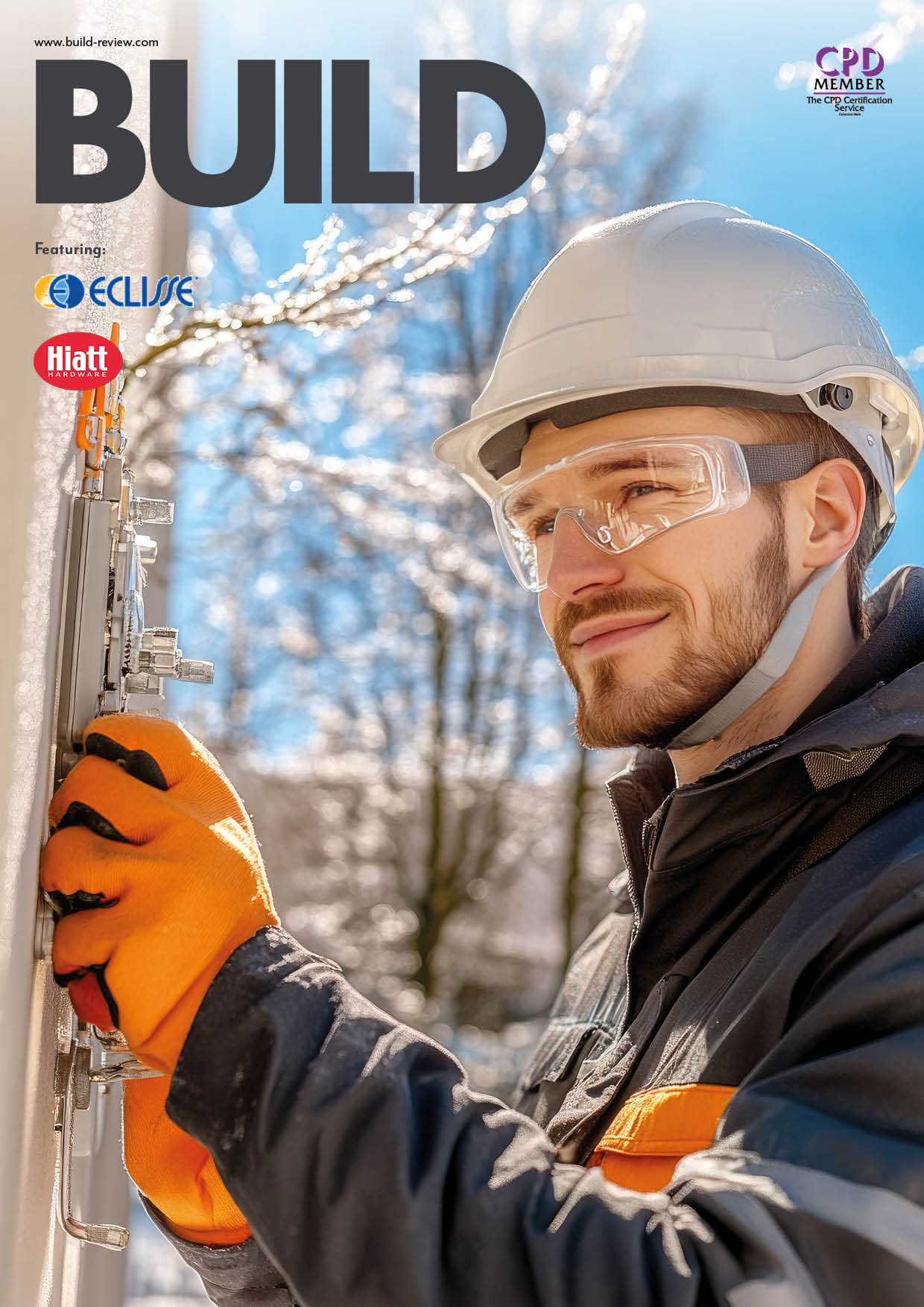Source:Pixabay
Converting seller leads into active listings is one of the most crucial skills a real estate agent can master. While generating leads is important, the true challenge lies in nurturing those leads—especially cold ones—and turning them into committed sellers ready to list their homes. Many agents struggle with this transition because it requires patience, strategy, and relationship-building, not just salesmanship.
This article dives deep into the step-by-step process of moving from initial contact with a seller lead to closing a signed listing agreement. Whether you’re new to the industry or looking to sharpen your skills, you’ll discover actionable insights to increase your conversion rates and grow your real estate business.
Understanding Seller Leads: The Starting Point
Before you can convert seller leads, it’s essential to understand exactly what those leads represent. Not all leads are created equal, and recognizing the difference is critical for prioritizing your efforts. Seller leads can range from hot leads who are actively seeking to sell within weeks, to warm leads who are considering selling in the next few months, and cold leads who may have no immediate plans but could become sellers down the road.
These leads come from a variety of sources, such as expired listings, FSBO prospects, online forms, community events, or referrals. Each source presents unique challenges. Some sellers may have unrealistic price expectations, while others might hesitate due to emotional ties to the home or uncertainty about the market.
Cold leads might not be ready now, but with proper nurturing, they can turn into great future clients. Warm leads may just need reassurance to move forward, while hot leads demand quick, strategic action. Knowing how to treat each lead type helps you plan efficiently.
This is why understanding your real estate seller leads thoroughly is the foundation of successful conversion. By knowing where your leads stand in their selling journey and what motivates or holds them back, you can tailor your communication and value proposition to meet their unique needs.
Qualifying Your Seller Leads
Once you have a pool of leads, the next step is qualification. This process helps you separate those who are genuinely interested and motivated from those who are merely curious or not ready. Qualifying involves asking thoughtful, open-ended questions that reveal the seller’s motivation, timeline, and expectations.
Examples of good qualifying questions include:
- “What’s motivating you to consider selling right now?”
- “Have you had your home professionally evaluated recently?”
- “Are you looking to buy a new home after selling?”
It’s also essential to identify any barriers to selling—whether it’s needed repairs, waiting for a specific season, or doubts about home values. CRM tools help manage this process by tracking interactions, tagging lead status, and automating follow-ups to stay on top of communication.
Building Trust and Rapport: The Foundation of Conversion
Trust is the cornerstone of any successful real estate transaction, especially when working with seller leads. Sellers need to feel confident that you understand their goals and have the expertise to deliver results.
Rapport begins with genuine, personalized communication. Rather than diving into a sales pitch, spend time listening to your lead’s concerns. Are they worried about market conditions? Unsure about how to price their home? Nervous about moving timelines? Empathetic, transparent conversations will go further than high-pressure sales tactics.
Another trust-builder is social proof. Use testimonials, video reviews, or even case studies from your previous listings to show real examples of your success. If you helped a client sell above asking price in a slow market or staged a home that sold in one weekend, share those stories.
Lastly, consistency matters. Many agents give up too early in the process. While a lead may not respond after the first or second contact, that doesn’t mean they’re not interested—it might just mean the timing isn’t right. Gentle, well-timed follow-ups keep the connection alive and show your reliability over time.
Effective Communication Strategies to Warm Up Cold Leads
Cold leads can be tough, but with the right nurturing approach, they can become hot leads over time. A single cold call or email won’t convert someone who isn’t ready—but strategic, value-based communication might.
Use a multi-channel approach:
- Email: Send market updates, seller tips, or recent success stories.
- Text: Quick, friendly messages are less intrusive and can prompt fast responses.
- Social media: Connect on Facebook or LinkedIn to build familiarity over time.
- Direct mail: Target specific neighborhoods with customized postcards showing recent listings or home values.
Content is key. Provide answers to questions your cold leads didn’t even know they had. For instance:
- “How much could your home be worth in today’s market?”
- “What improvements add the most value before selling?”
- “What’s the process of selling and buying at the same time?”
Storytelling is powerful too. Share stories of previous cold leads you nurtured into successful clients. When people see themselves in someone else’s journey, they are more likely to trust you and take action.
Leveraging Technology and Tools for Lead Conversion
Modern technology offers incredible tools for organizing, nurturing, and converting seller leads. A well-used CRM can be your best assistant—it will automate reminders, send birthday or move-in anniversary messages, and log every interaction.
In addition, tools like:
- Email automation platforms (Mailchimp, ActiveCampaign)
- Lead scoring systems
- AI chatbots on your website
- can all contribute to turning cold leads warm and warm leads into listings.
Virtual staging, 3D tours, and neighborhood market reports are also excellent resources to keep leads engaged and informed.
Conclusion
Turning cold real estate seller leads into closed listings requires more than just luck or hustle—it requires a thoughtful, consistent approach. Understanding your leads deeply, qualifying them carefully, building trust, and delivering personalized value at every step helps transform hesitant homeowners into enthusiastic clients.
By blending smart communication strategies, empathy, storytelling, and technology, you can build long-term relationships that lead to more signed listings. Remember, the path from cold to closed isn’t always fast, but with the right approach, it’s always worth the effort.



























